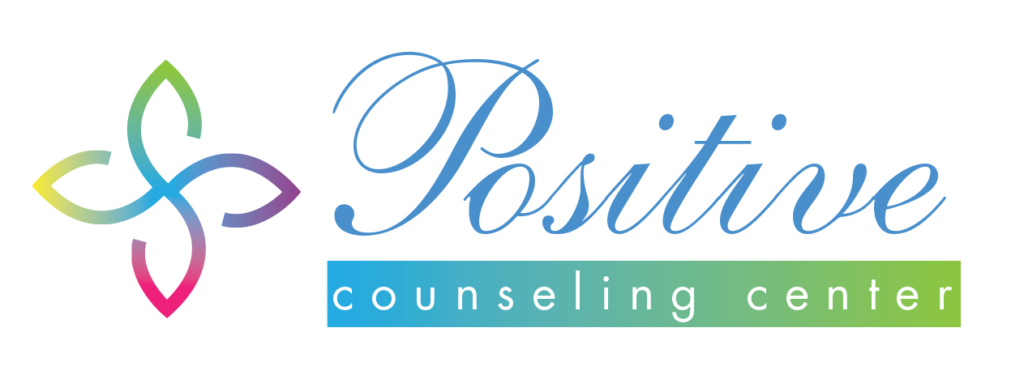New Year’s Day is a time to turn over a new leaf and resolve to do the things we wish we would have been doing all along. Americans love making New Year’s resolutions, perhaps because January 1st signifies the beginning of a clean slate. But after the ball drops and the confetti has fallen, the dust settles on an uphill climb toward personal ambitions and the desire for self-improvement.
Unfortunately, many of those goals are difficult to attain and sometimes completely unrealistic. It is not so much that the goals themselves are bad, but that the means by which a person plans to achieve them are impractical and unlikely to produce success. Many people hit the ground running day one, only to run out of steam within months, weeks or even days of the New Year. According to research from the University of Scranton, approximately half of Americans make resolutions each year, yet only 8 percent succeed in reaching their goals.
The list of specific resolutions varies from person to person, but there are some widespread commonalities between most Americans. Of the top 10 most common resolutions, the majority are related to improving personal health and relationships. Examples include:
- Losing weight
- Staying fit or healthy
- Quitting or moderating use of alcohol, drugs or tobacco products
- Spending more time with family
- Falling in love
- Helping others
Achieving New Year’s Resolution Success
Only you can determine whether you reach your New Year’s goals, though there are some steps you can take to increase your chances of success. If you are planning to make changes in the upcoming year, follow these tips to improve your chance of reaching your goals.
Set realistic goals. New Year’s resolution lists should not be a mile long or filled with over-the-top goals that that are impossible to achieve. The American Psychological Association recommends starting small. Perhaps this means smoking two less packs of cigarettes per week or going to the gym three days a week instead of seven. The APA also cautions against reassessing every area of life you desire change in. Instead, pick one thing to change, and focus all of your resolution efforts toward achieving that one, manageable goal.
Break big goals into smaller goals. When a big goal is broken up into smaller goals, it is much easier to measure success along the way. For example, if you have a goal of losing 50 pounds in the coming year, create 10-pound milestones, and celebrate those smaller achievements. The creation of small objectives within a larger goal provides a measure of success and forces you to evaluate your achievements according to the progress you are making throughout the year.
Make a plan. Planning is another important element of successfully holding to your New Year’s resolutions. A resolution almost always involves modifying behaviors that have become habitual. Changing bad habits takes time, and there are sure to be slip-ups along the way. Instead of holding yourself to impossible standards, anticipate the areas you are most likely to make mistakes, and take steps to avoid them. Perhaps that means packing a healthy snack to eat when hunger strikes at work. Maybe it means setting aside one or two specific nights every month to have dinner with family or friends. Whatever your goal, a plan should emphasize your strengths while limiting your exposure to moments of weakness.
Source
Forbes: Just 8% of People Achieve Their New Year’s Resolutions. Here’s How They Do It
American Psychological Association: Making Your New Year’s Resolutions Stick







